FUNDING CUTS IMPACT CT HUMANITIES: Help CT Humanities navigate recent funding cuts and continue our vital work across Connecticut. All donations made to CTH will be matched dollar-for-dollar up to $50,000. Donate today!
Now Viewing:
Greenwich
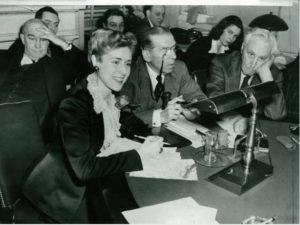
Clare Boothe Luce Changed Perceptions about Women in Business and Politics
Clare Boothe Luce became the first woman to represent Connecticut in the US House of Representatives and later became an ambassador to Italy.
Read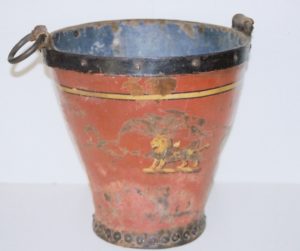
Firefighters Answer the Call in Greenwich
From neighbors rushing to help neighbors and the town’s first fire department, which opened in 1879, to the present day, the volunteer tradition of firefighting continues despite many changes over the decades.
Read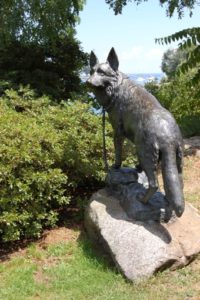
Monument to Hero of the Greenwich Police Department – Who Knew?
A memorial in Byram Park honors Yogi, who became the first police dog of the Greenwich Police Department in 1988.
Read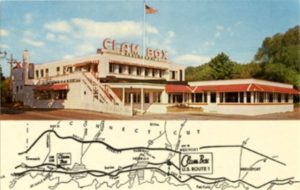
Lobsters and Oysters and Clams: A Short History of Seafood in Connecticut
The ocean’s bounty has been savored along the Connecticut coastline for as long as humans have been around to bring it on shore.
Read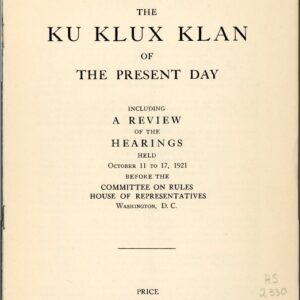
The Ku Klux Klan in Connecticut
The white supremacist organization, the KKK, first organized in Connecticut during the 1920s, promoting themselves as part of the nativist movement.
Read
Connecticut and American Impressionism
American Impressionists looked to a New England countryside like that in Connecticut for evidence of a stable, timeless order beneath the dazzle of the ephemeral.
Read
Elizabeth Fones Winthrop Feake Hallett Helps Found Greenwich
In the middle of the 17th century, Elizabeth Fones Winthrop Feake Hallett played an integral part in purchasing the land that became Greenwich, Connecticut.
Read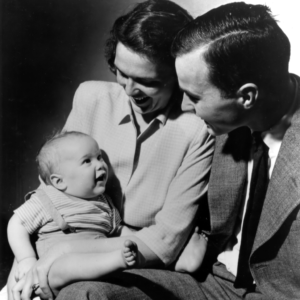
Connecticut’s Only US President – Who Knew?
43rd President George W. Bush was born in New Haven at the Grace-New Haven Community Hospital on July 6, 1946.
Read
Jim Henson, the Muppets, and Greenwich
Between 1964 and 1971, the famous puppeteer and creator of Sesame Street, Jim Henson, lived in Greenwich and created many of his most recognizable characters.
Read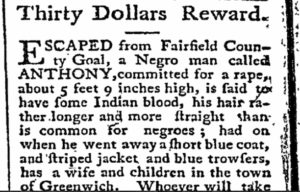
Danbury Hangings: The Executions of Anthony and Amos
The executions of Anthony and Amos Adams in Danbury speak to the fears and racial tensions prevalent in early American culture.
Read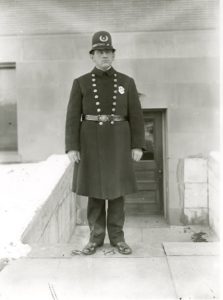
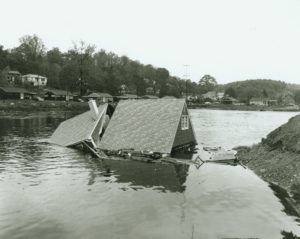
Byram River Flood – Today in History: October 15
A few minutes before 11:00 pm on October 15, 1955, Greenwich officials pulled the alarm signal and declared a state of emergency.
Read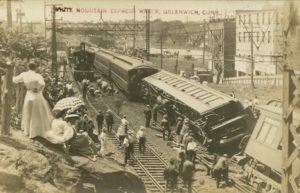
The White Mountain Express Derails in Greenwich
On July 16, 1908, the gong of the ambulances on Greenwich Avenue broadcast one of the worst accidents on the New York, New Haven and Hartford Railroad.
Read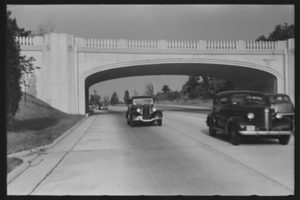
Merritt Parkway Creates Scenic Gateway to New England
This Depression-era road improvement project sought to artfully balance the natural and built environments.
Read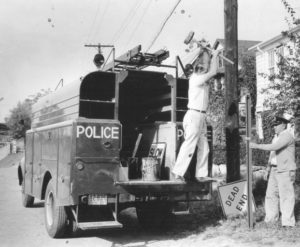
Greenwich Emergency Responders: On the Move Overtime
Horses, motorcycles, and boats are just a few of the modes of transportation that town emergency personnel have used over the years to get to where they’re needed.
Read
The Great Hurricane of 1938 – Today in History: September 21
The great hurricane of 1938, which hit on September 21, was the first major hurricane to strike New England since 1869.
Read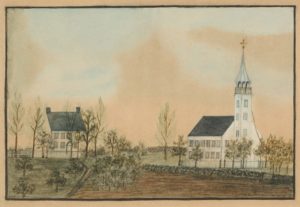
Bucket Brigade to the Rescue – Today in History: September 12
On September 12, 1873, the bell in the Episcopal Church rang the cry—Mr. Bailey’s carriage house, located in the center of town, was on fire.
Read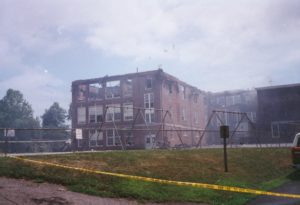
Fire Ravages Cos Cob School – Today in History: July 29
At 1:59 a.m. on July 29, 1990, a smoke detector signal alerted the central Greenwich fire station of a fire at the Cos Cob School.
Read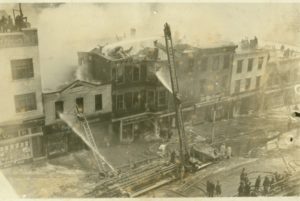
The Greenwich Avenue Fires of 1908 and 1936 Sparked Upgrades to Town’s Emergency Services
From the ashes emerged new approaches to coordinating the town’s fire fighting resources.
Read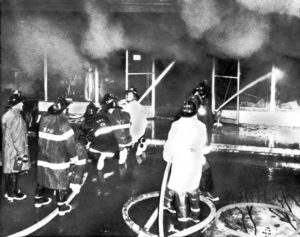
Deadly Fire at Gulliver’s – Today in History: June 30
Despite passing inspection shortly before the disaster, a fire at the Greenwich nightclub Gulliver’s in 1974 killed two dozen people.
Read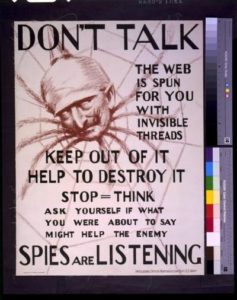
War and the Fear of Enemy Aliens – Who Knew?
…that Greenwich had a special police unit trained to handle suspected foreign agents operating in Connecticut.
Read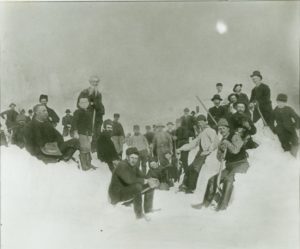
Blizzard of ’88 Shuts Greenwich Off from Outside World
When the storm ended in March 1888, Greenwich received more than 50 inches of snow with drifts of 20 to 30 feet during a blizzard.
Read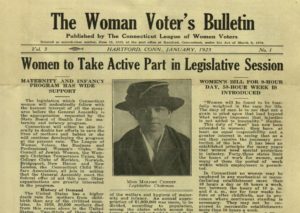
A Day for Women – Today in History: March 8
Women’s fight for the right to vote in the Constitution State may be dated to 1869, when the Connecticut Woman Suffrage Association (CWSA) was organized.
Read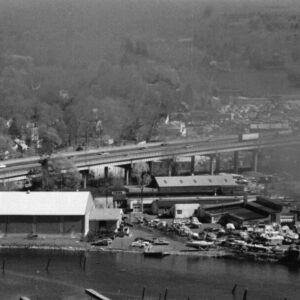
Mianus River Bridge Collapses – Today in History: June 28
Not long after midnight on June 28, 1983, a section of the Mianus River Bridge on I-95 in Cos Cob collapsed.
Read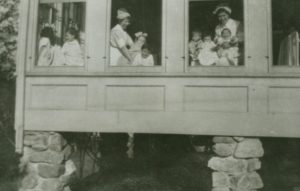
Health Department Fights Unseen Enemies During World War I
How Greenwich faced the menace of two highly contagious and potentially deadly diseases: polio and Spanish Influenza.
ReadMore Articles




